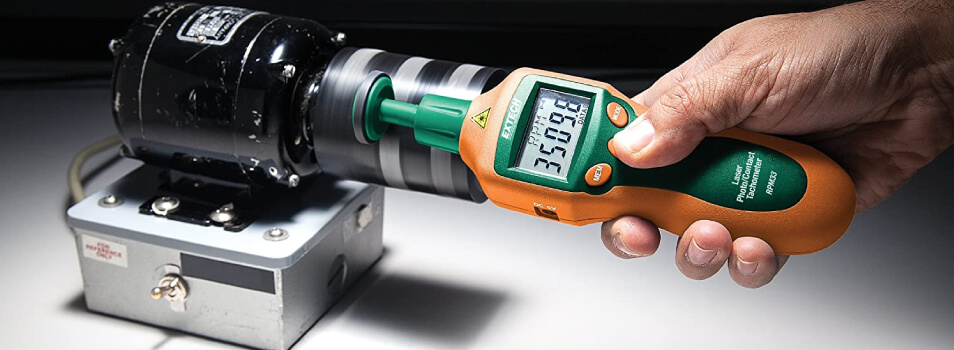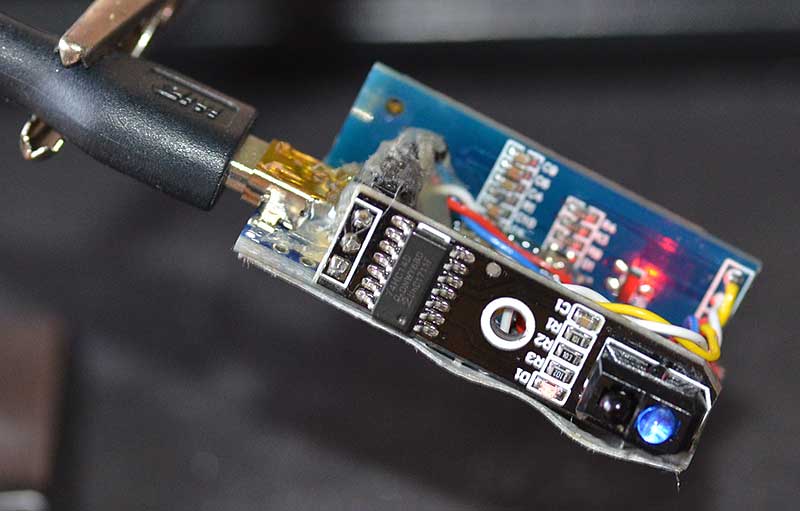
How to Properly Install a Tachometer on a Mercury Outboard?
Share
If you are a tech professional or a tech enthusiast looking to monitor your Mercury outboards performance, you might be asking, 'how to install a tachometer on a mercury outboard?' A tachometer is an essential tool that helps you keep tabs on your engine's RPM (revolutions per minute), ensuring efficient performance and longevity. This article will guide you through the detailed installation process, exploring its significance, equipment requirements, and troubleshooting tips along the way.
Understanding how to correctly install a tachometer can significantly optimize your marine experience. With more boaters now seeking better insights into their engines, learning this skill will not only enhance your technical capabilities but also provide you with a deeper connection to your vessel.

Why Install a Tachometer?
A tachometer provides valuable information that can aid in:
- Performance Monitoring: By keeping an eye on your RPMs, you can ensure that your engine operates within its optimal range.
- Fuel Efficiency: Staying within the engines ideal RPM can prevent unnecessary fuel consumption.
- Prevention of Engine Damage: Over-revving can lead to severe damage, and a tachometer alerts you before that happens.
- Enhanced Control: Knowing your RPMs allows for better handling in various marine conditions.
Tools You Need for Installation
Before we delve into the installation steps, lets gather necessary tools and materials.
-
Tools:
- Screwdriver set
- Wire strippers
- Wrench set
- Multimeter
-
Materials:
- Tachometer unit
- Wiring harness
- Mounting hardware
- Electrical grease
Steps to Install a Tachometer on Mercury Outboard
1. Preparation and Safety
Before beginning the installation, ensure all safety protocols are followed. Disconnect the battery terminals to prevent electrical shocks during installation. We recommend wearing safety goggles and ensuring your work area is well-ventilated.
2. Choose an Ideal Mounting Location
Select a mounting location for the tachometer on your dashboard. The position should allow easy visibility while driving. Its wise to mount it in a location where you can also connect it to the engines wiring with minimal effort.
3. Connect Wiring Harness
Every tachometer comes with a wiring harness that youll need to connect to your Mercury outboard engine. Follow these steps:
- Identify the harness color codes referenced in your tachometer manual.
- Connect the power wire (usually red) to the positive terminal of your battery.
- Connect the ground wire (usually black) to the engine ground or battery negative.
- Attach the signal wire usually referred to as the 'Tach Signal'.
For further details, you can visit this wiring guide.
4. Connecting the Signal Wire
This is a crucial step as it communicates your engines RPM to the tachometer. Connect the signal wire to the appropriate output on the ignition coil. This can differ based on your engine model. A tachometer wiring diagram specific to your Mercury model would be beneficial at this point.
5. Secure and Test the Installation
Once all connections are made, secure the tachometer in place using the provided mounting hardware. After ensuring everything is tight and in place, reconnect your battery. Start the engine and observe whether the tachometer is functioning correctly.
Troubleshooting Common Issues
If your tachometer is not displaying the RPM, try the following:
- Check all wiring connections for any loose or faulty connections.
- Use a multimeter to check if the signal wire is delivering voltage.
- Look for any blown fuses or burnt-out components.
If you continue experiencing issues, consult your user manual or consider reaching out to a professional. You can also refer to this fix guide for more tips.
Conclusion
Installing a tachometer on your Mercury outboard can enhance your boating experience significantly. Mastering this simple installation not only allows for better performance monitoring but also deepens your understanding of your engine. If you're looking to learn more about the functionality of tachometers, check this informative article.

FAQs
What type of tachometer should I use for a Mercury outboard?
Choose a tachometer that is compatible with your specific model and engine type, ensuring it can read the RPM range effectively.
Can I install a tachometer myself?
Yes, with the right tools and instructions, it is a feasible DIY project for most tech professionals and enthusiasts.
What if my tachometer is showing inaccurate readings?
An inaccurate tachometer could be due to improper wiring or a damaged unit. Troubleshoot your connections and if necessary, consult a professional.
